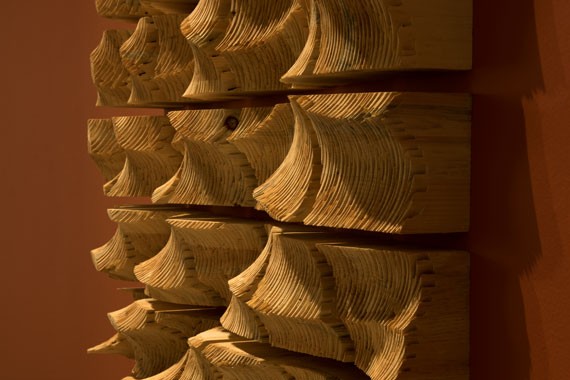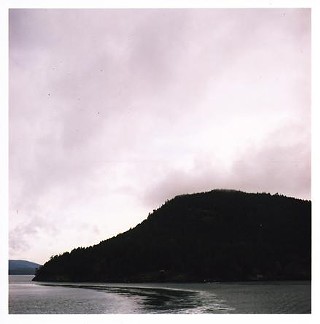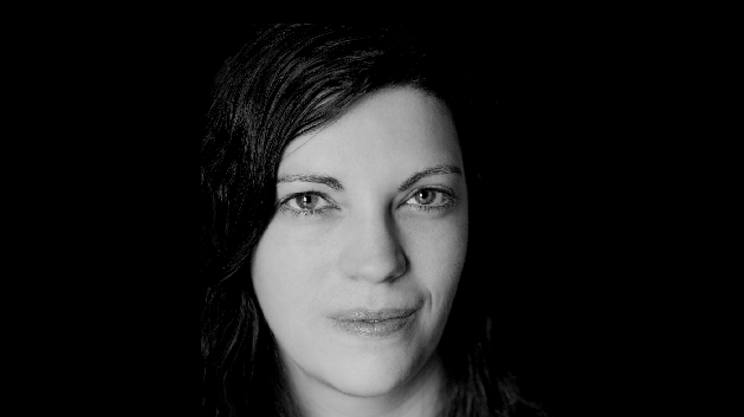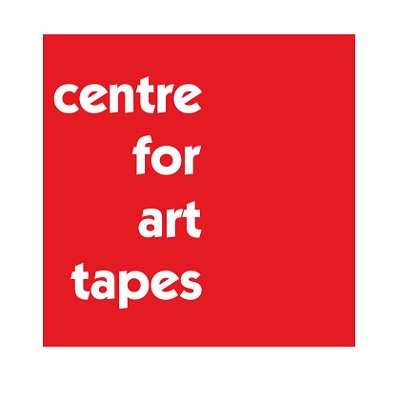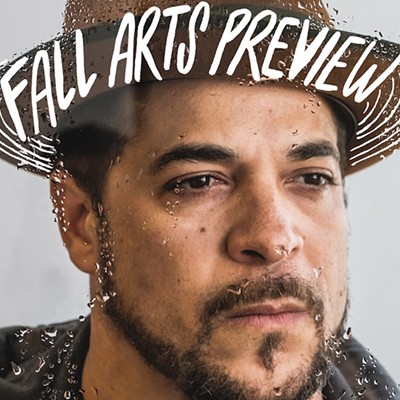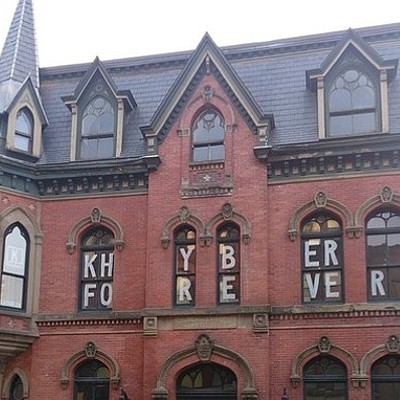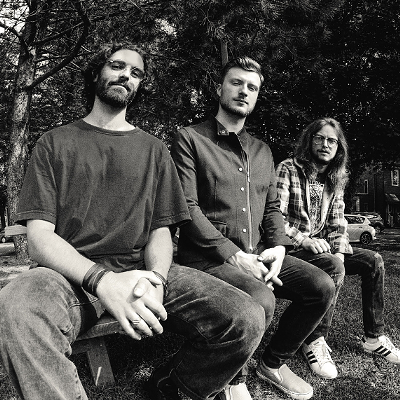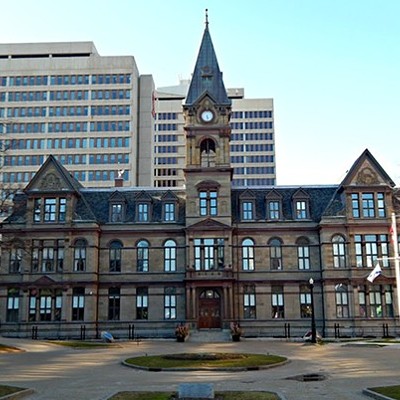Terroir: A Nova Scotia Survey
To January 1
Art Gallery of Nova Scotia, 1723 Hollis Street
When we think about Nova Scotian art, our reference points tend to be traditional—folk art, Alex Colville, seascapes–but, of course, we have a vibrant community of artists producing contemporary work in every medium. As the first exhibition of its kind, Terroir: a Nova Scotia Survey aims to highlight this work, bringing together art by 29 Nova Scotian artists from all corners of the province. The word "terroir" means the factors that come together to form the environmental character of a place, and, true to this title, most of the pieces in the show deal with the province's landscape or environment in some form.
Curated from an open call for submissions, the show has been a long-term project put together by Art Gallery of Nova Scotia curators David Diviney and Sarah Fillmore and independent curator Bruce Johnson. The show's work encompasses painting, printmaking, sculpture, video, performance and textile pieces, dealing with ties to the land and sea, exploration, navigation and a sense of longing. (See "Your guided tour of Terroir," page 8, for details on four of the artworks.)
Though not meant to be an "exhaustive overview of artistic practice in Nova Scotia," says Diviney, "I think it's a decent representation of what's taking place here in the province. It's a nice range of emerging and established artists.
"We don't typically work through an open call for submissions. This was an opportunity to cast a wide net and see what's happening across the province and challenge our expectations."
The work traverses disciplines, but there's a common thread of land and place (and, largely, a common colour palette)—from Frances Dorsey's textile landscapes, Anne MacMillan's video environments and Melanie Colosimo's architectural drawings and drawing-like sculpture, to Ursula Johnson's video documentation of her 2010 performance "Elmiet," which called attention to Nova Scotia's 1756 Scalping Proclamation on Mi'kmaw people.
Colosimo connects her pieces to larger narratives of community and power in the region. "There's structure to it, but it's malleable," she says of her sculpture. "I have very strong feelings about the underrepresentation of the Atlantic—in the arts, in music—so it's about taking something, robbing it of its power and making it impotent."
Ursula Johnson is excited the AGNS has used its resources and reach to put together this exhibition. "It's really unfortunate that in 2016 this is the first time that a show like this has happened, but it's a really good thing and a really good step in moving towards exploring all of the different communities and the conversations artists are engaging in," she says. "I'm really excited and honoured to be included with all of the other artists in the show, there are some really interesting intersections of people working in different media."
Johnson's work is one of few in the show that calls into question who gets to be considered Nova Scotian, exposing one of the shortfalls of the open submission process: There's a notable lack of representation of people of colour and minorities. The submission process also means some of the province's bigger names are absent, although the exhibition isn't lacking without these.
"I would agree that there could be more" diversity, Diviney says. "There's certainly always work to be done with underrepresented communities." He points to the nature of the open call as the main factor and the curators' desire to "keep true to the process."
What does the future hold for this sort of survey?
"I suspect that this is going to have a snowball effect, some kind of legacy," Johnson says, hoping for the potential of this to become an annual or biennial exhibition.
"We're going to take a step back and see if this is a viable model" for future projects, Diviney says. "It's a unique exercise that has been highly successful."

